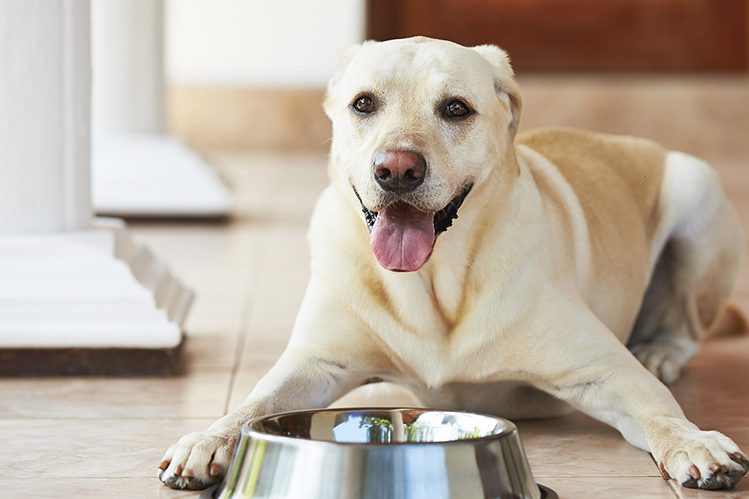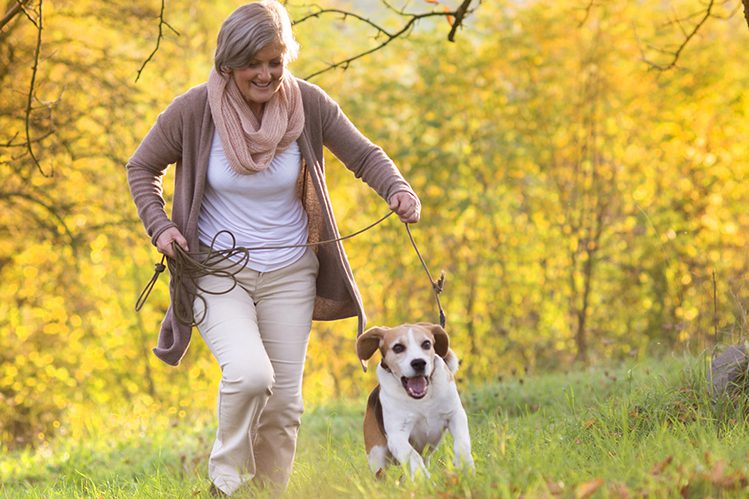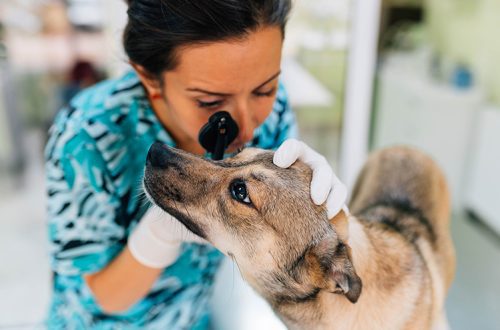
Old age is not a disease!
Our pets, just like us, go through a long process of development: from infancy to maturity and aging – and each stage is beautiful in its own way. However, with age, not always positive changes occur in the body, such as metabolic disorders, metabolic deterioration, loss of elasticity of joints and ligaments, malfunctions of the cardiovascular and other body systems, decreased immunity, etc. But old age is a natural process, not a disease, and its negative manifestations can and should be fought. We will talk about how to care for an elderly dog and make her old age carefree in our article.
At what age is a dog considered senior? There is no definite answer to this question. Dogs of large breeds age faster than their miniature counterparts, which means that they “retire” earlier. On average, the beginning of retirement age in the world of dogs is considered to be 7-8 years of age. It is from this period that your pet’s health will need even more reverent and responsible care.
Old age is not deprivation, disease and poor health. This is a period when the body and in particular the immune system needs enhanced support. With such support, your pet will continue to delight you with an excellent mood and appearance for many, many years to come. And this support is based on three pillars: balanced feeding, plentiful drinking and optimal physical activity.
First of all, you need to choose a high-quality balanced food designed specifically for older pets, and strictly follow the recommendations for feeding. How are these foods different from standard diets? As a rule, good lines for the elderly are enriched with L-carnitine to improve metabolic and energy processes in muscles, XOS – to increase immunity, omega-3 and -6 fatty acids – to maintain healthy skin and coat, etc. (for example, feed composition for older dogs Monge Senior). Such diets allow you to prolong the health and youth of your pet.

The second step is drinking plenty of water. The more we consume liquids, the slower we age, and the same thing happens with dogs. In old age, it is better to increase the fluid intake of the dog. How to do it? Introduce special liquid prebiotics into the pet’s diet, which dogs drink with pleasure because of their attractive taste. But the benefits of prebiotics are not limited to this. Their main task is to strengthen the immune system. In old age, the pet’s immunity weakens and the body becomes vulnerable to a huge number of infections. Therefore, in dogs over the age of 7 years, complications often appear after past illnesses (for example, pneumonia after a cold, etc.). It is known that 75% of the immune system is based in the gut. Liquid prebiotics, entering the gastrointestinal tract, nourish good bacteria, improve the composition of the intestinal microflora and, as a result, increase the body’s resistance to diseases. This is exactly what we need!
And the third step is exercise. Movement is life. And the longer your dog’s life is brightened up with active walks, the longer it will remain young and healthy. Of course, the intensity and frequency of physical activity is individual for each dog: everything here depends on the characteristics of the breed and the state of the body. For example, if a border collie needs daily outdoor games, then a French bulldog will like a leisurely walk more. The point is not to exhaust the dog, but to maintain an optimal level of activity for him. With a sedentary lifestyle, even a young dog will begin to appear elderly. Whereas the “old man”, leading an active lifestyle, will not even suspect his aging!

All of the above measures are simple prevention. Of course, if the dog has already developed health problems, drinking plenty of water and moving for a walk will not correct the situation. Here it is important to learn one more rule: the sooner you contact a veterinarian in case of ailments, the sooner you will return your pet to good health. With diseases, jokes are bad: they can give complications and become chronic. Therefore, the problem must be solved in a timely manner – or even better, prevent it. To do this, at least once every six months, bring your pet to the veterinary clinic for a preventive examination.
Take care of your four-legged friends, this is the most important thing for them!





